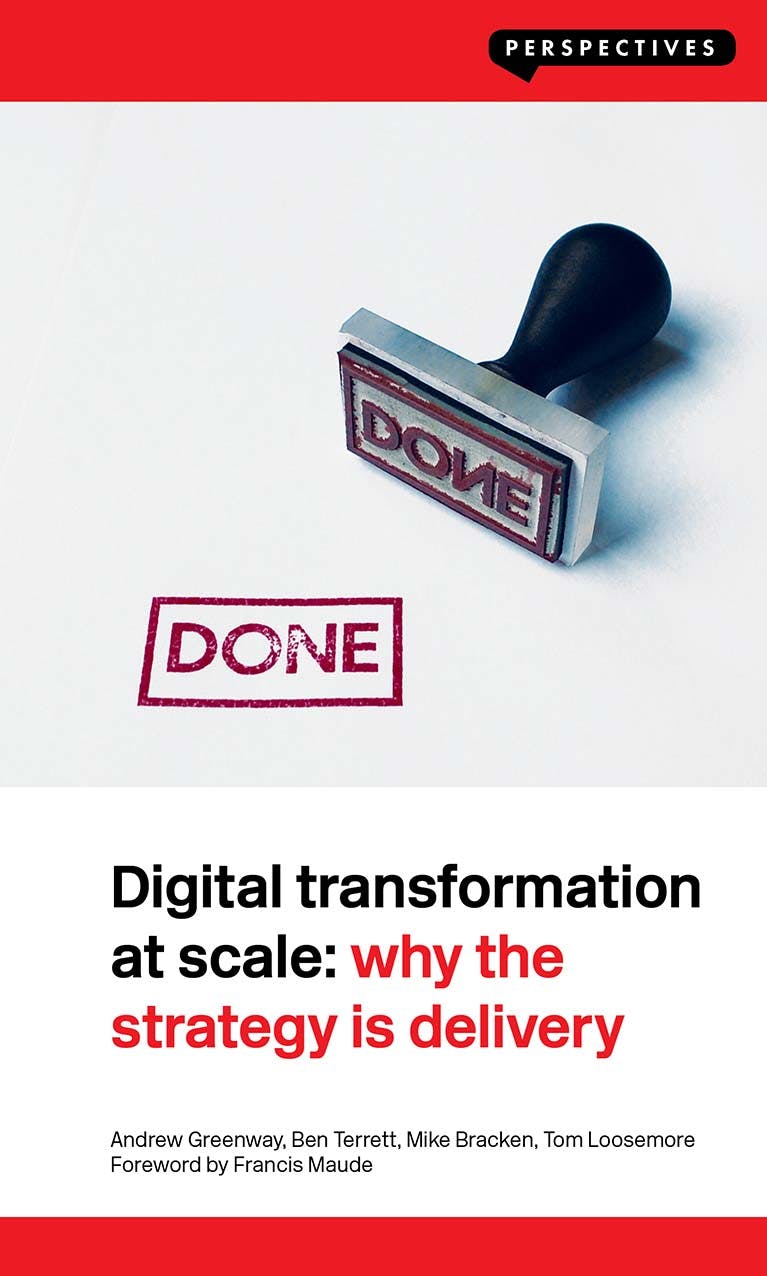The typical bureaucratic response to scale pressures is closely related to the organisation’s relationship with risk. Bigger services with more users have higher stakes. Lots of governments and businesses try to mitigate the risks by talking them death, adding more layers of management and governance to the mix. This places a great overhead of paperwork on the team, slows down delivery and ultimately doesn’t protect from the biggest risk of all –actually making sure something useful ends up in front of users. Part of the reason why this happens is because of the divide that exists between strategy and delivery. As a service becomes bigger, absorbing more resources and reaching more users, it also becomes more important to the organisation. Policymakers who consider themselves the most important people in the room elbow their way in, often in large numbers. The voices that guided the service’s early development based on data, user insight and operational knowledge become diluted or disappear altogether. Rather than adding more management, the best way to scale digital teams is to scale the unit of delivery to cope with discrete tasks as they arise. This means replicating the product teams. As a digital service gets more complex, you should add more multidisciplinary product teams with a mix of skills and perspectives to add complementary problems. The teams should be loosely coupled, but tightly aligned to meeting the needs of the same users. Crucially, these teams will include people with deep knowledge of frontline operations who can provide insights based on reality. This is not a quality traditionally associated with the layers of management that tend to accompany the process of scaling up a service.1401 ↱

Digital Transformation at Scale
Why the Strategy Is Delivery: Why the Strategy Is Delivery
Andrew Greenway, Ben Terrett, Mike Bracken, Tom Loosemore